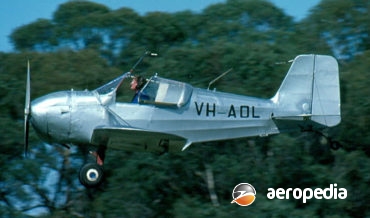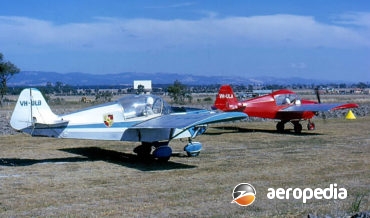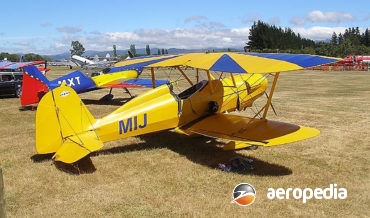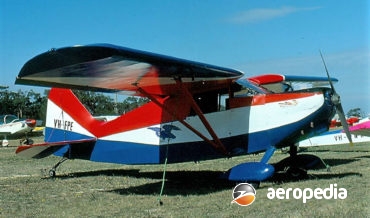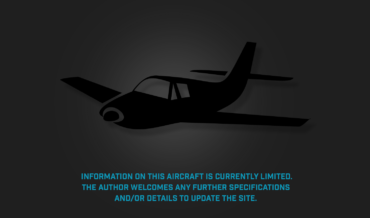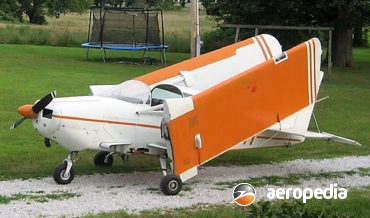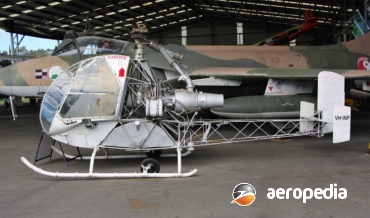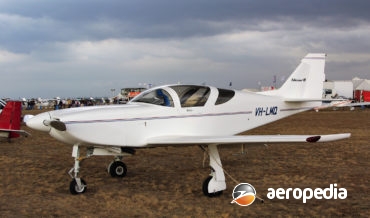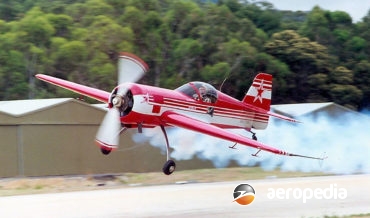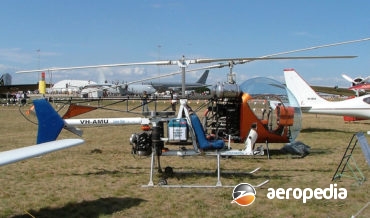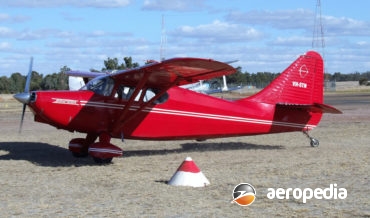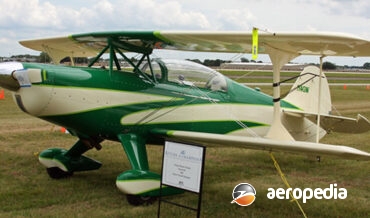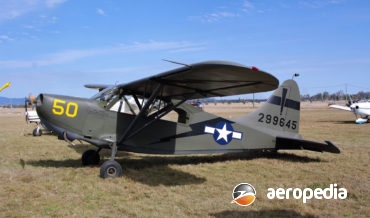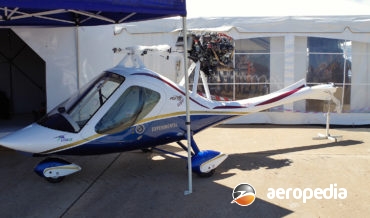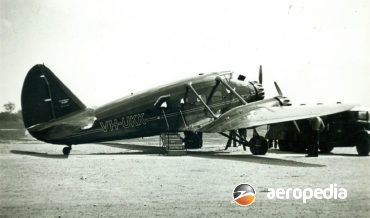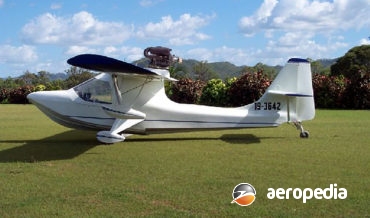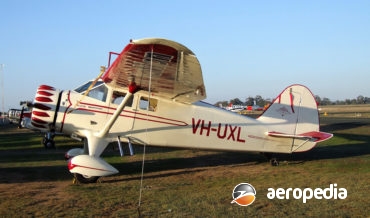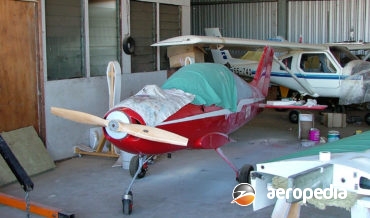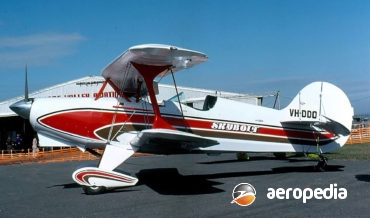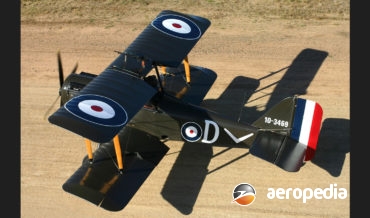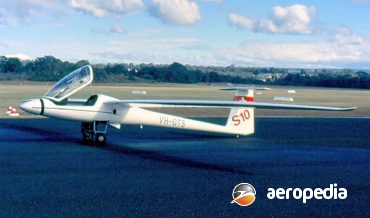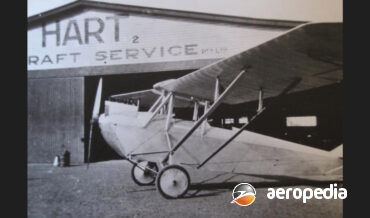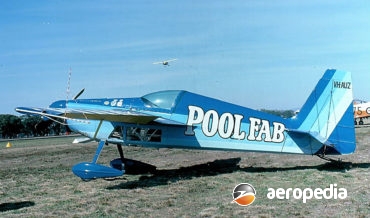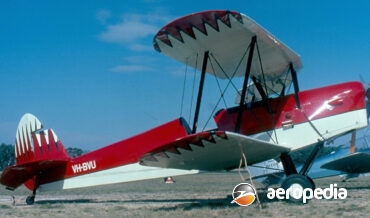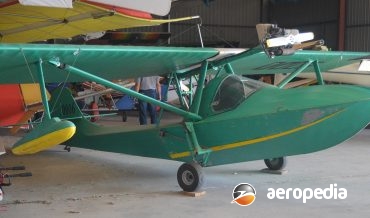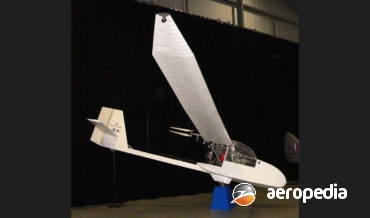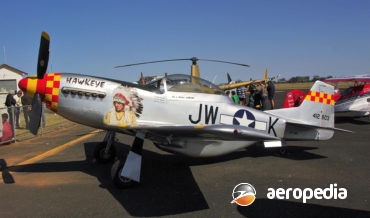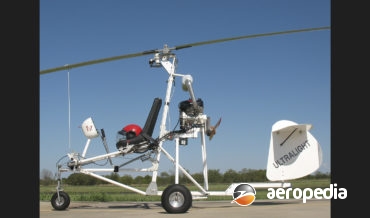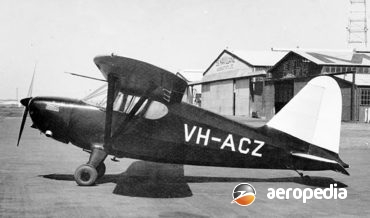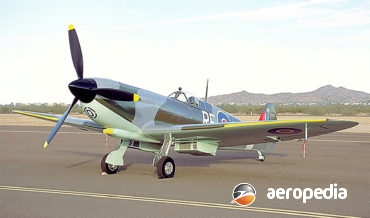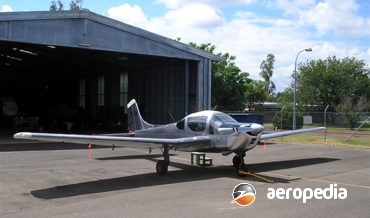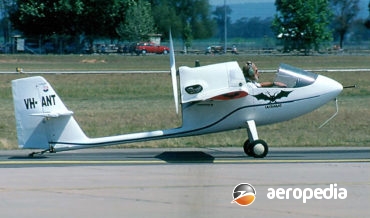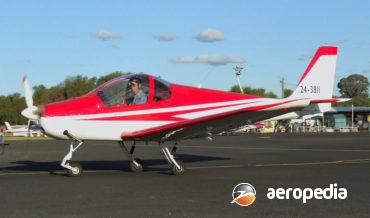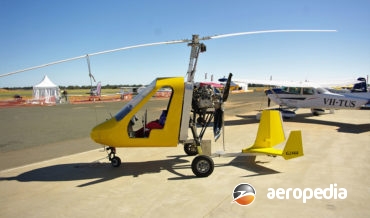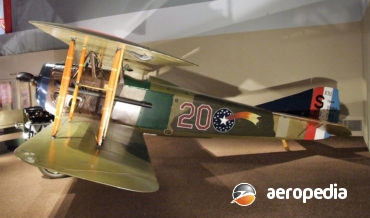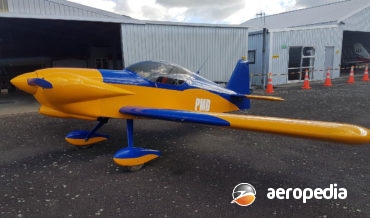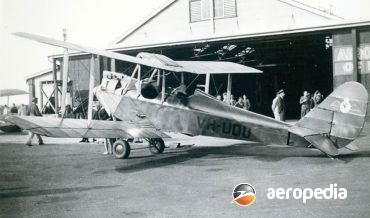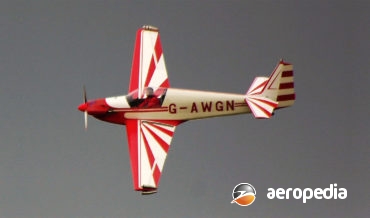All Contents
Contents
The SA-500, sometimes known as the Starlet, or the Sprite, is built and marketed by Stolp Starduster Corp in Oroville, California.
David C. Eyre
- May 8, 2019
The prototype of the Playboy, the SA-3A, was designed by the well-known American light aircraft designer, Ray Stits.
David C. Eyre
- May 8, 2019
The Acroduster Too is one of a series of light sporting aircraft produced by Stolp Starduster Corp of Oroville, California and is a fully aerobatic two-seat aircraft stressed to +9 and -9 G.
David C. Eyre
- May 8, 2019
The Stits SA-5A of early 1955 was the first of the Flut-R-Bug series, this being a single-engine single-seat sporting aircraft designed around a converted Volkswagen four-cylinder powerplant.
David C. Eyre
- May 8, 2019
In 1957 Louis Stolp and George Adams designed and built a light single-seat sporting biplane known as the Starduster, and subsequently marketed plans, components and basic materials to amateur constructors.
David C. Eyre
- May 8, 2019
The first aircraft in the Skycoupe series, the SA-7, was not originally planned for production, but interest in the aircraft forced the designer, Ray Stits, to revise his plans.
David C. Eyre
- May 8, 2019
Ernest J Strumey was born in 1890 in Singleton, NSW, In about 1912 he designed and built a pedal powered aircraft as part of his interest in aviation but this was not particularly successful.
David C. Eyre
- May 8, 2019
The Playmate was one of a series of designs of light aircraft produced by Raymond Stits in the United States, the SA-11 Playmate being produced in two variants, the SA-11A fitted with a 63-kw (85-hp) Continental C-85 engine, this being a single-seater; and the SA-11B being a two seater with
David C. Eyre
- May 8, 2019
The Djinn was the first jet driven helicopter in the world, being designed by the Sud-Ouest concern which subsequently became part of Sud Aviation when the French aircraft industry was nationalised.
David C. Eyre
- May 8, 2019
The Glasair III is a dual, control aircraft developed for the home-built market by Stoddard Hamilton Aircraft of Arlington, Washington, as a more powerful version of the II series.
David C. Eyre
- May 8, 2019
In the early 1980s a programme was commenced in Moscow to develop a high performance aerobatic aircraft for competition.
David C. Eyre
- May 8, 2019
The Lonestar is a single-seat basic utility helicopter of all-metal construction marketed by Star Aviation Inc of New Braunfels in Texas, and is fitted with a 82-kw (110-hp) Hirth engine driving, via a chain, a composite main rotor.
David C. Eyre
- May 8, 2019
Edward Stinson in 1926 formed Stinson aircraft with a facility at Willow Run in Detroit to build aircraft.
David C. Eyre
- May 8, 2019
The Starfire Firebolt, a two-seat high-performance aerobatic biplane, also known as the Starfire Firebolt Convertible [convertible because the cockpit canopy can be quickly removed] and the MacKenzie Skybolt, was designed by G H McKenzie and was produced by Starfire Aviation of Tempe, Arizona and was produced in small numbers, nine
David C. Eyre
- May 8, 2019
The L-5 Sentinel was developed from the Stinson Voyager light touring monoplane and, when compared, the Sentinel had more power and a strengthened airframe to enable it to be flown in the role of air-observation post under combat conditions.
David C. Eyre
- May 8, 2019
Built in Brazil in South America, the Starfox V6 Super is one of a number of light aircraft produced for the light aircraft market and more than 2,300 examples are said to have been built.
David C. Eyre
- May 8, 2019
The Stinson Model A first appeared in 1934 and was advertised as “Americas fastest and most economical Tri-Motor” and was built to compete against the Boeing 247and the Douglas DC-2, but was less costly to purchase and operate, and had better short-field ability.
David C. Eyre
- May 8, 2019
The Sea Eagle was designed and built by William “Bill” Starke of Townsville, QLD and was flown by him in the initial performance trials.
David C. Eyre
- May 8, 2019
As well as developing the tri-motor Model A, Stinson Aircraft was also working in 1933 on the SR Reliant series of light passenger monoplanes.
David C. Eyre
- May 8, 2019
The Starlite is a single-seat light sports aircraft designed by Mark Brown (who also designed the Aero Design Pulsar).
David C. Eyre
- May 8, 2019
Mr Lamar Steen designed the Skybolt with simplicity of construction as the main aim. A two-seat fully-aerobatic biplane, it was designed to be constructed by amateur constructors.
David C. Eyre
- May 8, 2019
Squadron Aviation in Ohio in the United States produced a number of scale replicas of World War I fighters, including the Spad XIII, Fokker D-VII and the RAF SE-5a.
David C. Eyre
- May 8, 2019
Stemme GmbH & Co of Strausberg was formed in 1985 (in Berlin) to develop high performance gliders, and the prototype S-10 (D-KKST) was flown for the first time on 6 July 1986.
David C. Eyre
- May 8, 2019
In the 1930s David Staig, an automobile engineer from Surrey Hills in Melbourne, obtained a pilots licence and decided to build his own aircraft.
David C. Eyre
- May 8, 2019
The Akro was designed by Mr C L Stephens in the USA specifically for amateur constructors who wished to take part in competitive aerobatics.
David C. Eyre
- May 8, 2019
The Stampe series of tandem two-seat primary training biplanes was designed by Count Stampe in Belgium, and manufactured by the Stampe-et-Vertongen concern in Belgium.
David C. Eyre
- May 8, 2019
The Sea Hawk was designed by Mr J Stevens in Queensland for the ultra-light amateur-built market and is the culmination of a number of designs he has produced and built over the years.
David C. Eyre
- May 8, 2019
The Sunbird was a motor glider or self-launched glider designed and constructed in New Zealand by Charles Stanton over a three year period from 1993, the machine utilising some parts from the American Eaglet ZK-GOE (c/n AACA/641) which Mr Stanton had previously owned.
David C. Eyre
- May 8, 2019
The Stewart S-51D is a 70-percent scale replica of the North American P-51D Mustang fighter aircraft of World War II and was introduced to the market in 1994 as a fully-aerobatic, high performance, accurate reproduction of the P-51D Mustang.
David C. Eyre
- May 8, 2019
The GyroBee was designed by Ralph Taggart of the Michigan State University and made available as free documentation to interested builders, and in due course was produced in kit form by Star Bee Gyro of Worcester, Massachusetts for amateur builders.
David C. Eyre
- May 8, 2019
The Model 105, also known initially as the HW-75, was introduced to the range of aircraft produced by the Stinson Aircraft Division of the Aviation Manufacturing Corporation in April 1939.
David C. Eyre
- May 8, 2019
The Spitfire Aircraft Company Ltd was set up to build kits and parts for amateur builders interested in building and flying a full scale replica of the Supermarine Spitfire constructed from wood.
David C. Eyre
- May 8, 2019
Southern Cross Aviation Ltd was formed in Toowoomba, QLD, in 1957 to explore the feasibility of designing and manufacturing a light aircraft in Australia to compete against the American imports of Cessna and Piper.
David C. Eyre
- May 8, 2019
The Ultrabat was conceived by George Markey in Sydney, designed by Graham Swannell and built by Scott Winton and George Markey as a high performance sporting aircraft.
David C. Eyre
- May 8, 2019
The Sabre is designed and built in the Slovenia by SOVA and is available as a factory built machine, and can be registered under ultralight rules or in the general aviation category.
David C. Eyre
- May 8, 2019
Marketed by Sport Copter Inc of Scappoose, Oregon, the Vortex is one of a series of gyrocopters produced in three basic variants, the Sportscopter II, Vortex M-912 and the Lightning, the latter being a basic model.
David C. Eyre
- May 8, 2019
The Spad series of fighting scouts was produced by the Societe Pour Aviation et ses Derives (SPAD), the chief designer being Louis Bechereau.
David C. Eyre
- May 8, 2019
The Panther was designed by Daniel Weseman of Florida, US, a pilot and machinist who was involved in making conversions of the General Motors Corvair six-cylinder engine for installation in light aircraft.
David C. Eyre
- May 8, 2019
The British light aircraft manufacturing company, Simmonds Aircraft Ltd, underwent some changes in 1930 and became Spartan Aircraft Ltd and produced aircraft initially at its Weston, Southampton facility, before moving to East Cowes on the Isle of Wight on 20 February 1931.
David C. Eyre
- May 8, 2019
The RF-4 was one of a series of self-launched gliders designed by Rene Fournier in France. The first of the motor glider series of aircraft was the RF-01 (F-WJGX) built in a disused laundry in Cannes over a period of three years.
David C. Eyre
- May 8, 2019
Recent Comments
Archives
Categories
- No categories
Categories
- No categories
Latest Posts
Newsletter

